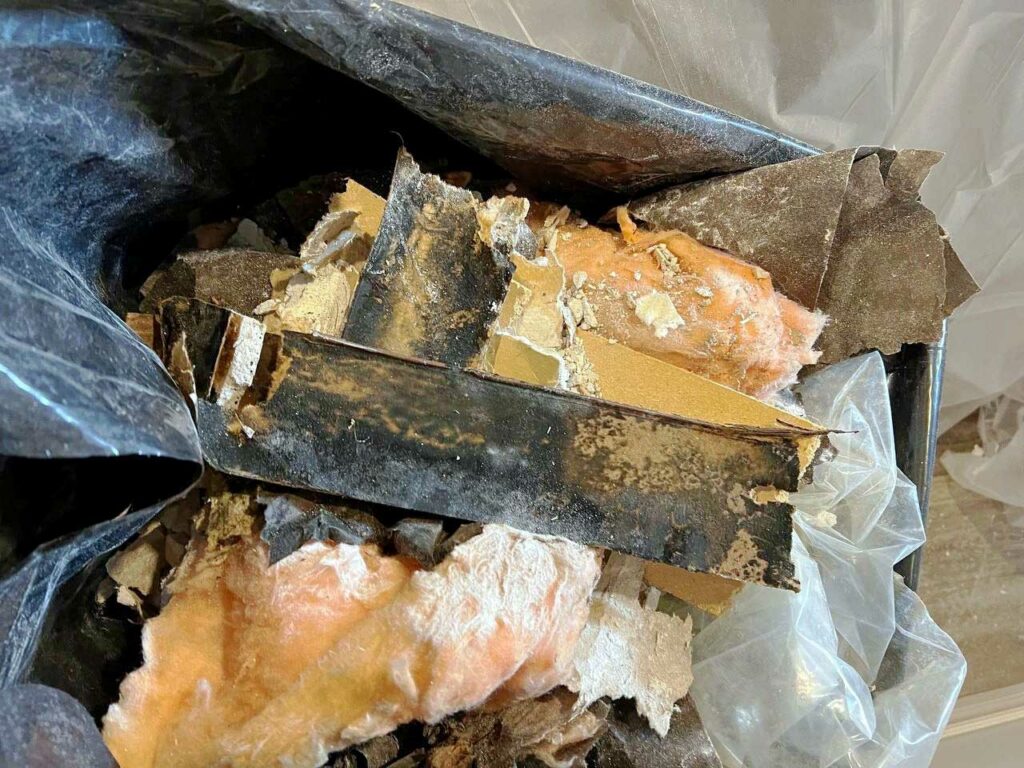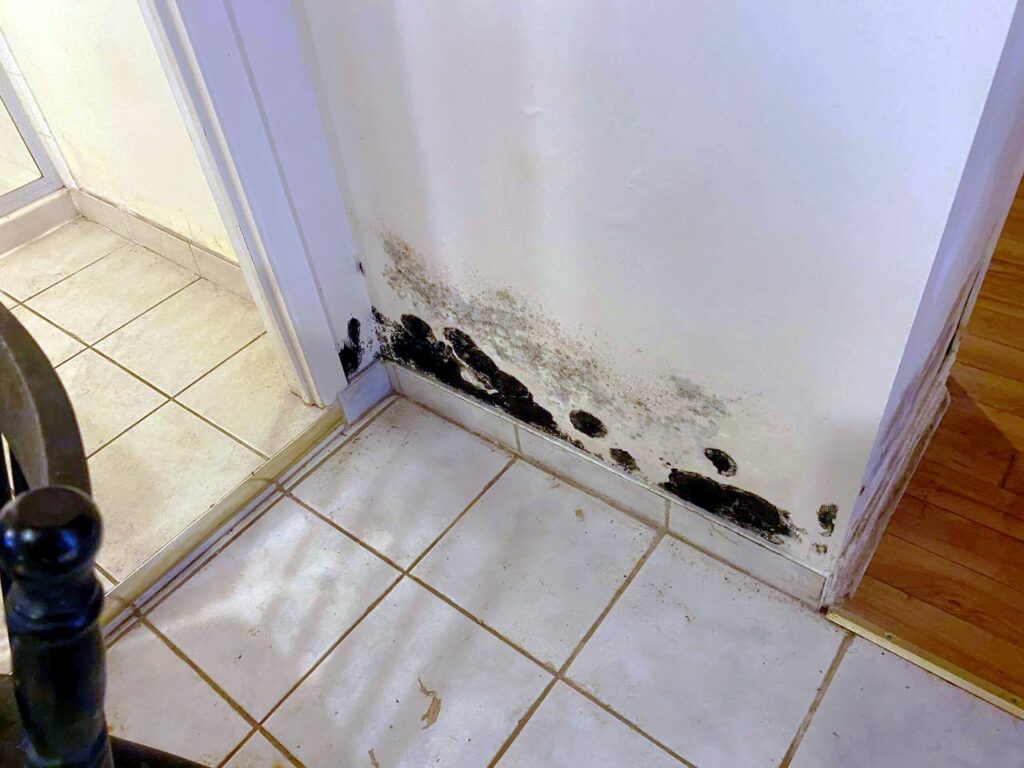In the kingdom of Fungi, there are organisms that are characterized by their cell walls made of chitin, by being non-motile, by having no chlorophyll, by partaking in extracellular digestion, by being absorptive heterotrophs as well as by being decomposers. This means that they are more related to animals than plants. Fungi are then categorized into two different groups: macroscopic and microscopic.

Both yeast and molds are classified as microscopic fungi. Mold is a multicellular microorganism that has many branching filaments, unlike yeast. This is why it is so much more complex. Intricate microorganisms comparable to mold are increasingly more difficult to combat as well as prevent. For starters, it spreads through the air with the use of spores. The type of spore produced can, also, change depending on the surrounding environment. Not to mention that mold outbreaks are much more common than bacterial ones. This is because they have a broader range in habitat compared to bacteria. For these reasons, it is important to inform the masses about such a hazardous organism since once it establishes itself, it is very challenging to remove as well as prevent from re-occurrence.
The Strange and Surprising Ways Mold Reproduces
Mold can reproduce both sexually as well as asexually. Sexual spores are created through meiosis whereas mitosis produces asexual ones. These processes are switched in animals; humans are an example of this.
- Sexual spores contain half the genetic information from each parent. This means that they have 2 sets of DNA and are, thus, scientifically expressed as 2N.
- Asexual spores, on the other hand, only have DNA from one parent. This means that they have only 1N pairs of chromosomes.
Regardless of the type of spore, they are dispersed by air and can travel far distances. There are alarming numbers of spores produced per fungus (in a short period of time). This is, consequently, why mold can materialize seemingly out of nowhere. It also adds to the fact that these particles are ubiquitous (present everywhere) and have serious implications.
Once these spores germinate and the mold matures (now seen on surfaces such as food or moist walls) these microorganisms are reproducing as quickly and efficiently as they can. This means that there are millions of spores circulating the area. These particles can easily enter the respiratory system, especially when we consider the countless spores. Seeing as airborne diseases are the most contagious and easily spread, it is not surprising in the slightest.
The dangers of Mold Spores

Mold spores can cause many symptoms similar to those of allergies, hay fever, as well as mimic asthma. If allergic to mold, a runny nose, congestion, dry peeling skin, sneezing and itching can be induced.
Spores on the other hand, could bring on a shortness of breath, throat irritation, eye irritation, coughing and wheezing among other breathing issues. The effects of mold on the human respiratory system can be so severe as to induce permanent health problems.
Even the Environmental Protection Agency affirms that all mold has the ability to cause death. Death is the most severe outcome that can occur, therefore, it is not unlikely that other issues such as chronic breathing problems could surface.
Since spores can be produced in such large quantities and can bring on many ailments, it is important to maintain a level of awareness about mold. It is vital that these outbreaks be stopped before they have the chance to worsen. If left unattended, there will be a point in which we can no longer go back.
Can Mold Live Forever?
Mold outbreaks are more common than bacterial ones. This is because bacteria have more limiting factors than mold and fungi alike. Mold can withstand larger changes in osmotic pressure compared to bacteria. This means that they can live with larger changes in solute concentrations. They can survive with both an excess and a deficiency of solutes. These solutes are typically used as supplements, therefore, mold can survive on less food than bacteria. Additionally, bacteria require higher levels of moisture. This means that bacteria are prone to desiccation.
Desiccation is a major area of concern for terrestrial habitats and because of this, mold is better suited for living in diverse environments. Mold can withstand lower moisture levels, therefore, they can live in both semi-aquatic as well as dry areas. They are not limited to only one type of condition.
Mold, also, needs less nitrogen than bacteria in order to survive. This is significant since nitrogen tends to be a limiting nutrient in nature. This element is required due to its role in nucleic acids. Nucleic acids are the macromolecules that make up an organism’s DNA. If there is no DNA or not enough of it, then biological processes (reproduction, for example) start to suffer.
These processes become less efficient and can stop completely. If they stop, then these microorganisms can no longer survive, nor live from generation to generation. This is why reducing the required amount of nitrogen per individual is beneficial. It means that more microorganism can be living in one area at a time, not to mention that mold can still survive in low nutrient areas. In addition, complex carbohydrates like lignin can be broken down by mold while bacteria cannot utilize them. This is advantageous because it provides an alternative source of food. This means that there is more food available. The more nutrients there are in that area, the more mold there can be living in that space.
Overall, mold is more versatile and can, therefore, live almost anywhere. This makes them much harder to destroy. In general, people need to learn about the dangers of mold, since they have serious consequences. They are difficult to remove as well as prevent once an outbreak has taken place.
- Firstly, the fact that spores are used contributes to this. Spores are dispersed through the air and seeing as they are so abundant, mold can spread very quickly as well as relatively easy. This can cause numerous, not to mention severe health conditions.
- Secondly, depending on the habitat, mold will change its mode of reproduction. If stable, they will use asexual spores. If very harsh, they will use sexual spores. Mold can do this automatically, therefore, they are extremely dangerous and challenging to destroy.
- Lastly, mold can survive a larger variability of habitats compared to bacteria. This has to do with four elements: being more resistant to osmotic pressure, withstanding lower moisture, requiring less nitrogen and the ability to metabolize complex carbohydrates. Therefore, they can inhabit many diverse habitats, which makes them extremely hard to combat. Molds are an up-and-coming problem that may be even more potent than bacteria.
Conclusion
In conclusion, mold is a serious problem that can have a major impact on your health. If you think you may have a mold problem, it is important to get it checked out by a professional. Ignoring mold can lead to serious health problems, so don’t take the risk!
